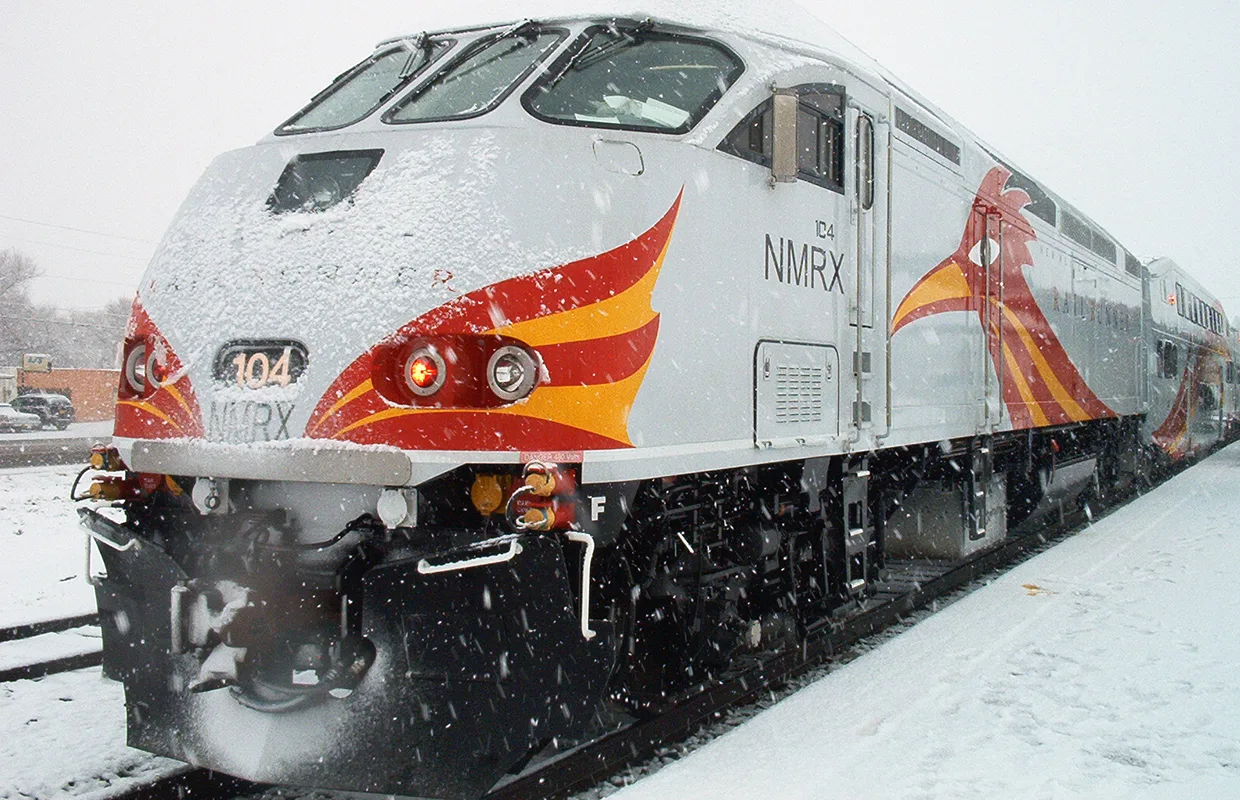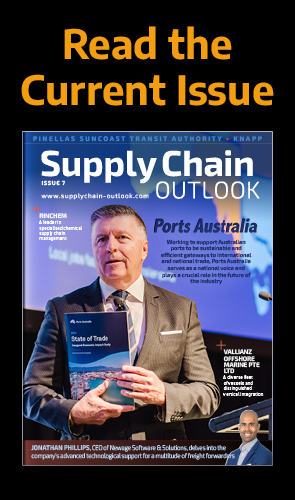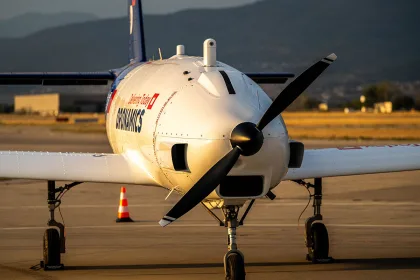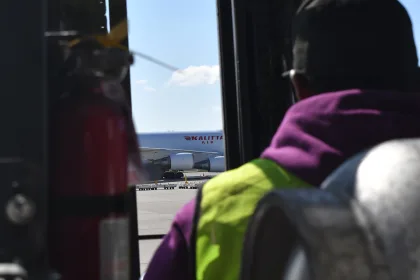Rio Metro Regional Transit District is the primary local transport provider spanning several key counties across New Mexico. We find out how this innovative network is expanding and developing with Director of Operations, Robert Gonzales.
TRIUMPH ON THE TRACKS
In 2003, in a game-changing act of transformation for the local transport sector, the New Mexico Regional Transit District Act was passed, enabling the formation of multi-jurisdictional transit agencies.
The purpose of this legislation was to provide safe and efficient regional transit services, reduce congestion, crashes, and pollution caused by single-occupant vehicles, while simultaneously extending the life of the state’s roads.
It was also tasked with providing transportation alternatives, particularly for transit-dependent groups such as seniors, youth, low-income, and mobility-impaired residents.
Finally, the legislation aimed to provide better access to education and higher-paying jobs, alongside dramatically reducing oil dependence.
Borne out of this transformative shift, Rio Metro Regional Transit District (Rio Metro) is a regional transit organization spanning four New Mexico counties in the Albuquerque metropolitan area, including Four Pueblos.
“Our main competition is the automobile. In today’s setting, commuters are using their cars and love the convenience and flexibility of having their own transportation,” introduces Robert Gonzales, Director of Operations.
“Our mission is to re-educate people on the benefits of leaving their cars to use rail as their primary mode of transit,” he lays out.
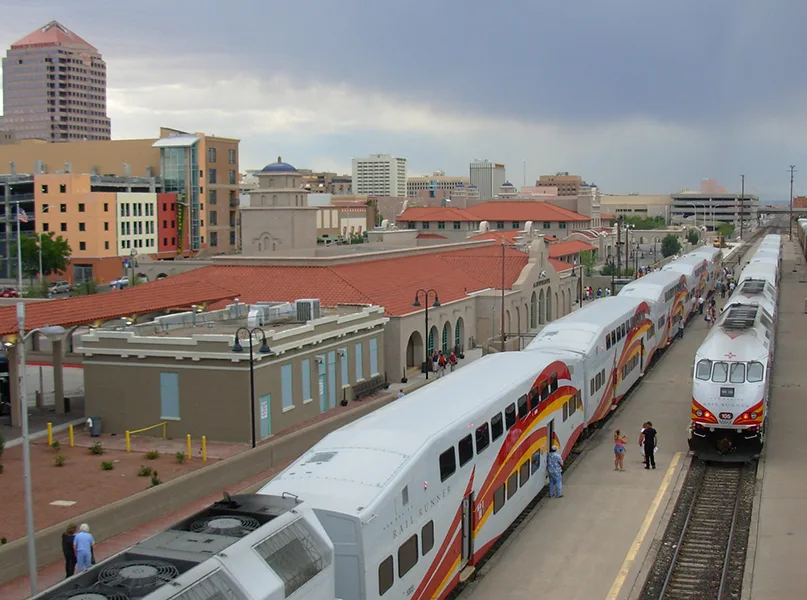
FORWARD-THINKING CONNECTION
Rio Metro has developed a bold, forward-thinking, consensus vision for the future of transit in the broader Albuquerque region.
Today, its New Mexico Rail Runner Express (NMRX) commuter train runs across the 100-mile NMRX corridor, spanning from Belen to the New Mexico State Capitol in Santa Fe.
Alongside this, Rio Metro operates a branch of the corridor connecting Los Angeles with Chicago via Amtrak – the National Passenger Railroad Corporation for the US.
“We also provide shuttle services in two counties that connect to NMRX, along with both our shuttle and rail routes joining other transit connections including routes to the Albuquerque International Sunport, University of New Mexico, Sandia National Laboratories, and further cities like Los Alamos and Socorro,” Gonzales prides.
As the lead operator of the NMRX railroad, Rio Metro dispatches transit across the entire corridor with tenant railroads Burlington North Santa Fe (BNSF), Amtrak, and Santa Fe Southern, along with the historic 2926 steam locomotive.
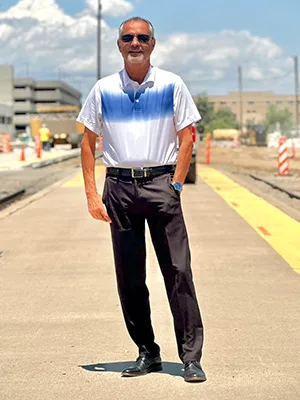
“Our client base is and always has been local commuters, as well as a steady tourist population.”
Robert Gonzales, Director of Operations, Rio Metro Regional Transit District
At present, the dedicated Rio Metro team consists of about 30 employees, alongside the entire NMRX team who are responsible for operating and maintaining the track and signal system, totalling approximately 300 hard working members overall.
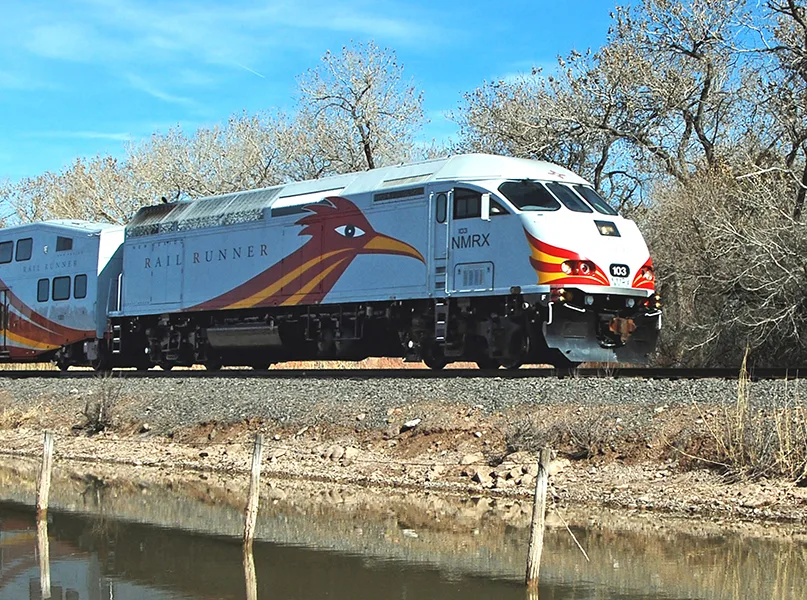
UPGRADING THE NETWORK
Right now, the US transit network can’t compete with the standards in Europe, for example, but Gonzales believes that things are moving in the right direction, progressing gradually each year.
“Across America, there are plenty of exciting new developments in high-speed rail such as in Brightline, Florida, and a train that’s currently being built between California and Las Vegas, Nevada. People are really excited for these new high-speed rail operations!” he delights.
Furthermore, Rio Metro has an equally promising slate of projects underway, including the rebuilding and upgrading of its signal systems.
“Positive Train Control (PTC) is a federally mandated safety overlay system that is used over our 100-mile corridor. We have recently upgraded our old pole-line to Centralized Traffic Control (CTC) in downtown Albuquerque and on our line that runs east to Lamy.
“This has allowed us to eliminate Track Warrant Control (TWC) from our territory. Over the past few years, we’ve done a lot to clean up our operations to make them more streamlined,” Gonzales explains.
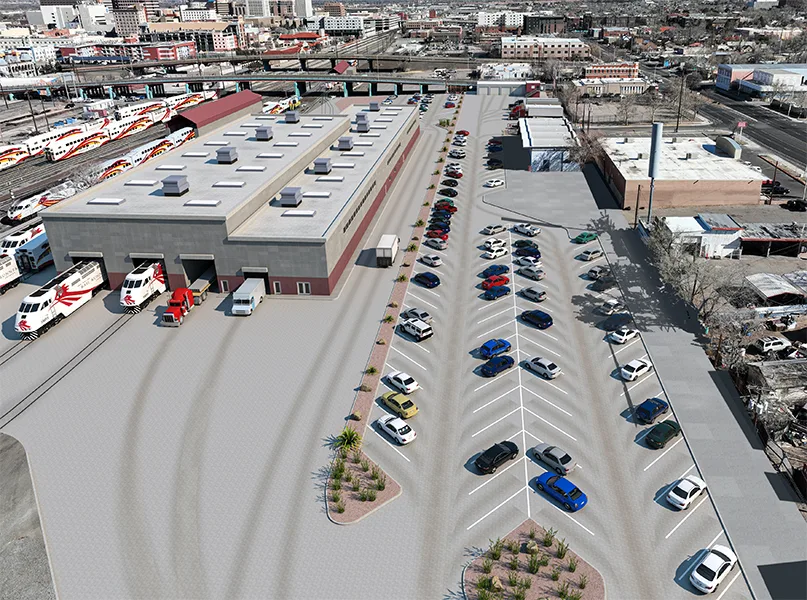
EXPANSION AND RECONFIGURATION
Signifying one of the company’s major ongoing projects, Rio Metro is currently in the process of designing and building the New Mexico Rail Runner Express Operations and Maintenance Facility (NMRX OMF).
“Currently, our mechanical team performs all its work, inspections, and servicing outdoors in the elements, so this maintenance facility is a priority to get the team out of the weather,” says Gonzales.
“We have built two new sidings, which have greatly increased on-time performance for NMRX and our tenant railroads, and we have two more sidings in the works. Their location was based on studies which identified critical areas that would provide the best benefit,” he adds.
The company has also been working on the Albuquerque Rail Trail, which includes rehabilitating three crossings on the Sawmill segment through which the trail will eventually run.
This project also includes a new pedestrian grade crossing along Central Avenue – part of the historic Route 66 – reconfiguration of Rio Metro’s three main lines, and implementation of three storage tracks, while the north yard lead track and its Downtown Albuquerque Station platforms will accommodate a new pedestrian crossing.
“We have also worked with several municipalities along our corridor to construct pedestrian trail crossings to provide a safe route over the tracks, including in the town of Bernalillo, the village of Los Lunas, Santo Domingo Pueblo, and Isleta Pueblo,” Gonzales expands.
All of these exciting projects contribute toward an exciting portfolio of projects and ongoing investments for Rio Metro. “As mentioned before, our major priority is the new NMRX OMF, which encapsulates an optimistic outlook for the future of the company,” he proudly concludes.



